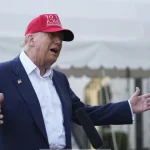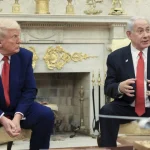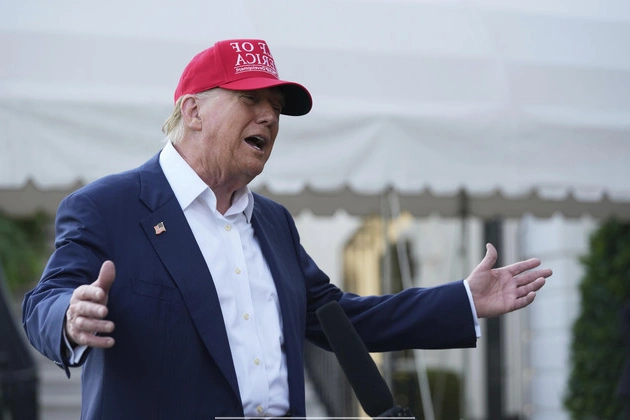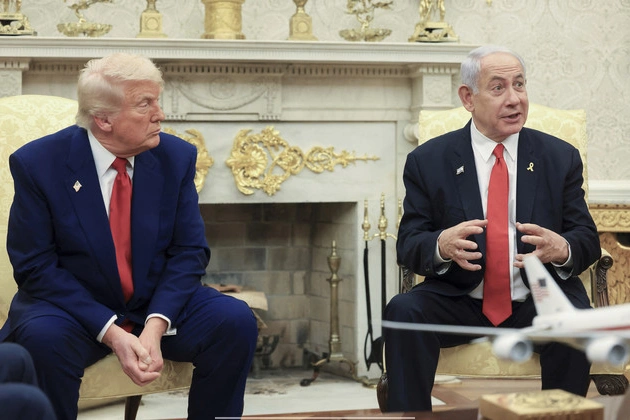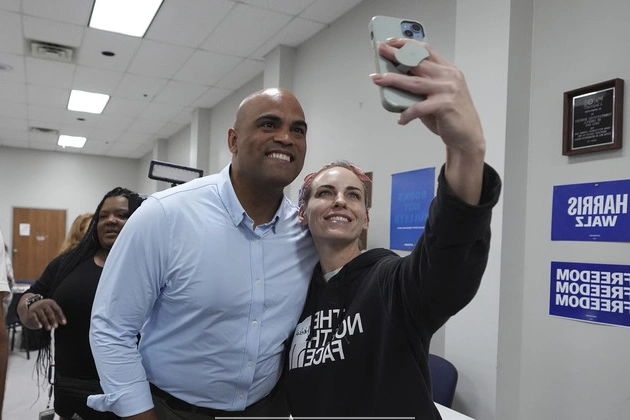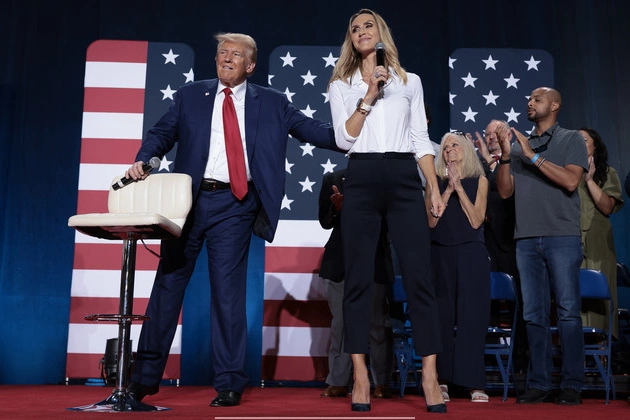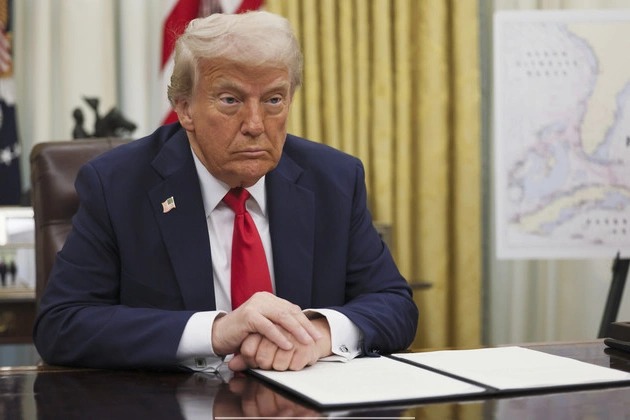
Trump’s Tariff Tactics: A Strategic Move
In his initial two months in office, President Donald Trump has increased tariffs on China twice, yet Beijing remains unfazed. The upcoming tariff announcement is poised to be a pivotal moment in Trump’s approach to the world’s second-largest economy.
Since unveiling a 10 percent tariff on China in February, the White House has hinted at a possible phone call with Chinese President Xi Jinping. However, unlike other targets of Trump’s tariff threats, Beijing has been hesitant to engage, despite the escalated tariffs in March.
China’s Calculated Response
Unlike US allies like Canada, Mexico, and the EU, China has maintained a composed demeanor in the face of Trump’s actions. This composure indicates China’s adeptness at navigating US tariffs, akin to skilled tax evaders.
The reciprocal tariffs planned by Trump could disrupt China’s trade routes, compelling them to negotiate. However, the extent of Trump’s willingness to sever Chinese trade ties remains uncertain.
The Liberation Day Tariff Announcement
Trump’s ‘Liberation Day’ tariff proclamation on April 2 aims to rectify trade imbalances with countries like China, Mexico, and Vietnam. The decision follows the administration’s scrutiny of countries contributing to America’s trade deficit.
As the US Trade Representative evaluates trade practices, the impending reciprocal tariffs could significantly impact Chinese manufacturing, potentially raising consumer costs.
The Geopolitical Chessboard
Amidst rising tensions, China’s coordination with Russia, Japan, and South Korea hints at a united response to US actions. Trump’s diplomatic maneuvering, including incentives for China like tariff reductions in exchange for concessions, underscores his nuanced approach.
With the unpredictability of US-China negotiations and China’s track record of unfulfilled promises, the future of US-China trade relations remains uncertain.
